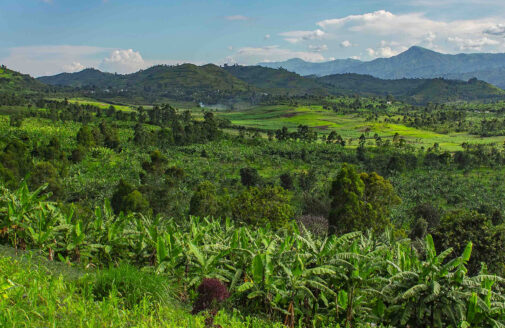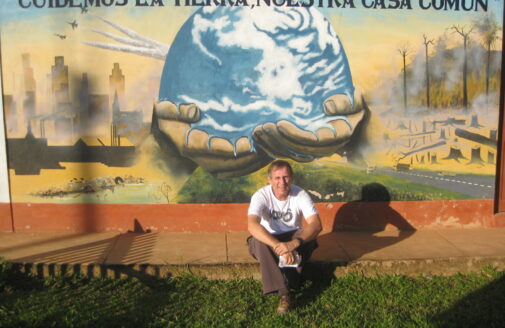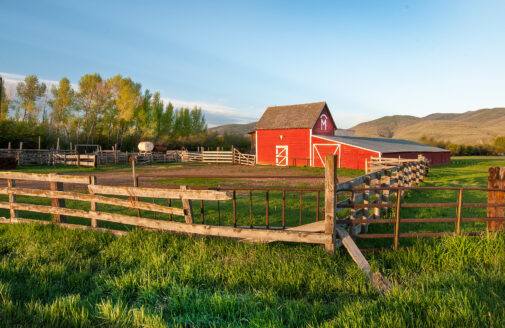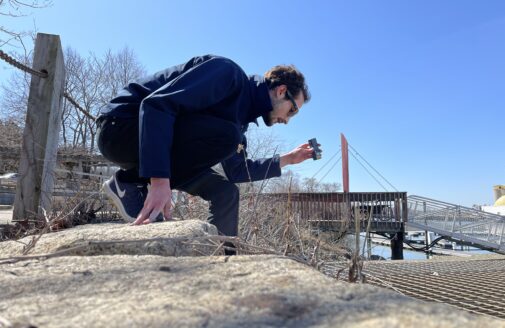Team
- Christopher R. Schwalm Risk Program Director, Senior Scientist
- Zachary Zobel Risk Program Associate Director, Assistant Scientist
- Dave McGlinchey Chief of Government Relations
- Natalie Baillargeon Senior Policy Analyst
- Andrew Condia External Affairs Manager
- Monica Caparas Research Associate
- Carlos Dobler-Morales Research Scientist
- Dominick Dusseau Research Associate
- Kelly Gassert Research Assistant
- Jake Huff Research Assistant
- Alexandra Naegele Research Scientist
- Jamie Cummings Policy Analyst
- Abby Fennelly Policy Analyst
As the threat of climate change grows, so does the need for accessible climate risk analyses.
The way that Earth’s natural systems respond to a rapidly warming climate will impact our quality of life for generations to come. To protect against future climate-driven risks, municipalities must be armed with the most up-to-date and location-specific science so they can make informed grant-writing, planning, zoning, and adaptation decisions.
Woodwell has cultivated municipal partnerships with cities and towns that have long-term sustainability goals, providing them with the information they need to make climate-smart decisions. We are now looking to grow the cohort of cities and municipalities we work with—across the United States and Global South—to provide assessments of a range of physical climate hazards for future adaptation planning.
We make this critical, ongoing investment because we know that combining technical expertise with local knowledge creates the most complete climate risk profile—one that is intentionally created to can actually be used by local decision makers. Our partnerships and comprehensive reports are particularly important for communities experiencing economic hardship as decision makers may not otherwise have the resources to study the infrastructural and social impacts of near-term extreme weather events.
Communities for which Woodwell has completed or is preparing municipal risk assessments:
Research area
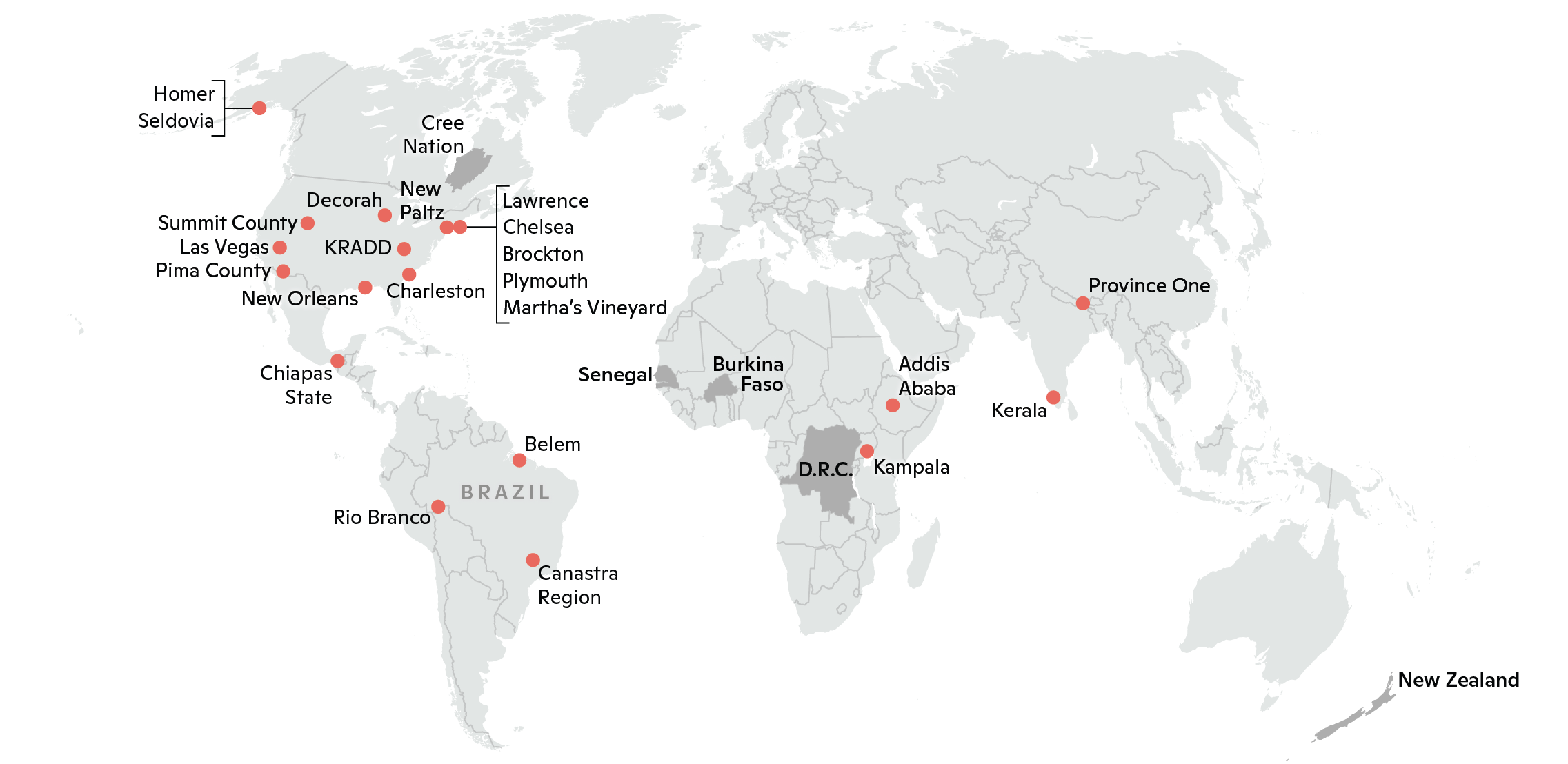
When you tell people well, ‘you’ve got to design for conditions in 2070’, they say ‘what does that mean? What kind of storm are we designing for?’ This analysis has given us a better understanding of what kind of disasters we'll be looking at, and with what frequency, so we have a design target.Karl Allen, Planner, Chelsea Department of Housing and Community Development




